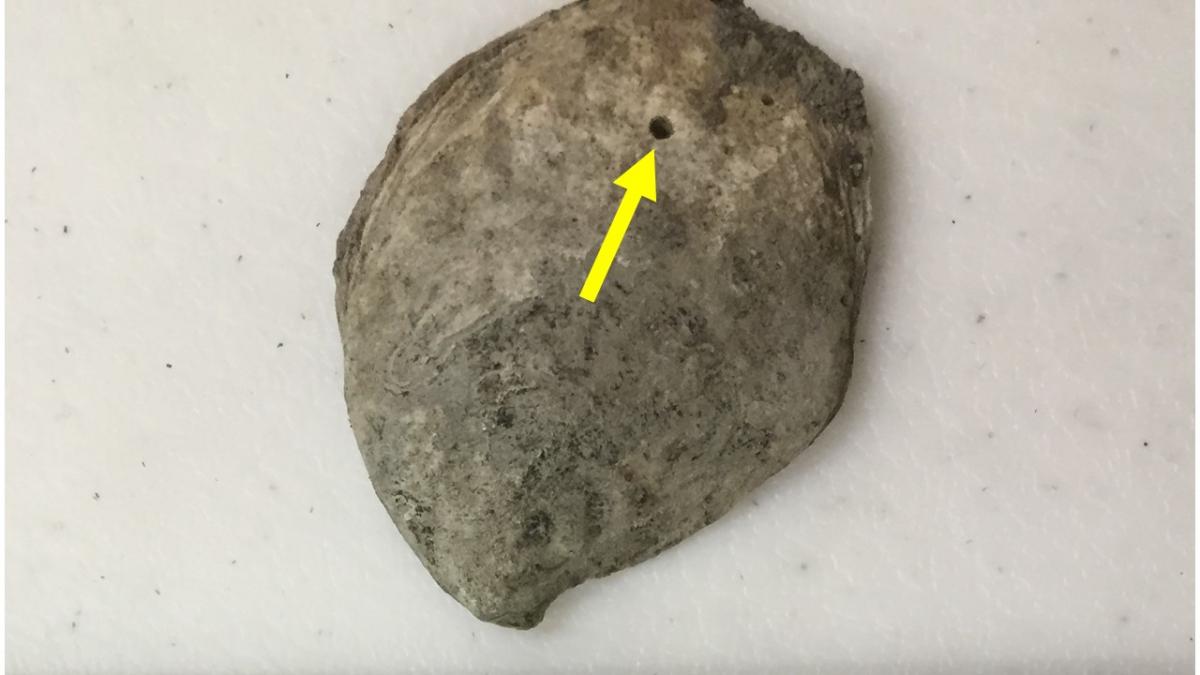The "What" and the "Why"
What are we trying to learn?

We want to find out if removing oyster drills will increase oyster populations at sites where oyster drills are present. With the help of more than 150 volunteer scientists this year we removed over 14,000 oyster drills from two sites in Richardson Bay—within the San Francisco Bay, just north of the Golden Gate Bridge. We hope to repeat this effort and then follow up with surveys and field experiments to see if what we are doing is helping oysters survive.
Why do we care about oysters and oyster drills?

Oysters are filter feeders, which means they have a natural ability to improve water quality. Under certain conditions, Olympia oysters grow in clusters, which together form oyster beds (or reefs). The nooks and spaces created by clusters of oysters provide habitat for many small fish, crabs, and other marine creatures.
The Olympia oyster is the only oyster native to the West Coast of North America, and is a part of the native ecosystem. These oysters are part of healthy ecosystems in many West Coast estuaries and are still present even in the highly urbanized San Francisco Bay.
Native oysters can be incorporated into “living shorelines,” which use native species, such as eelgrass and various marsh plants to reduce shoreline erosion while providing habitat for many other native plant and animal species. There are many efforts to restore Olympia oysters as part of living shorelines in the San Francisco Bay, San Diego, Newport, and Humboldt Bays. In San Francisco Bay, native eelgrass, oysters, and marsh plants are used to create these shorelines, but invasive species like the oyster drill can hinder these efforts.



